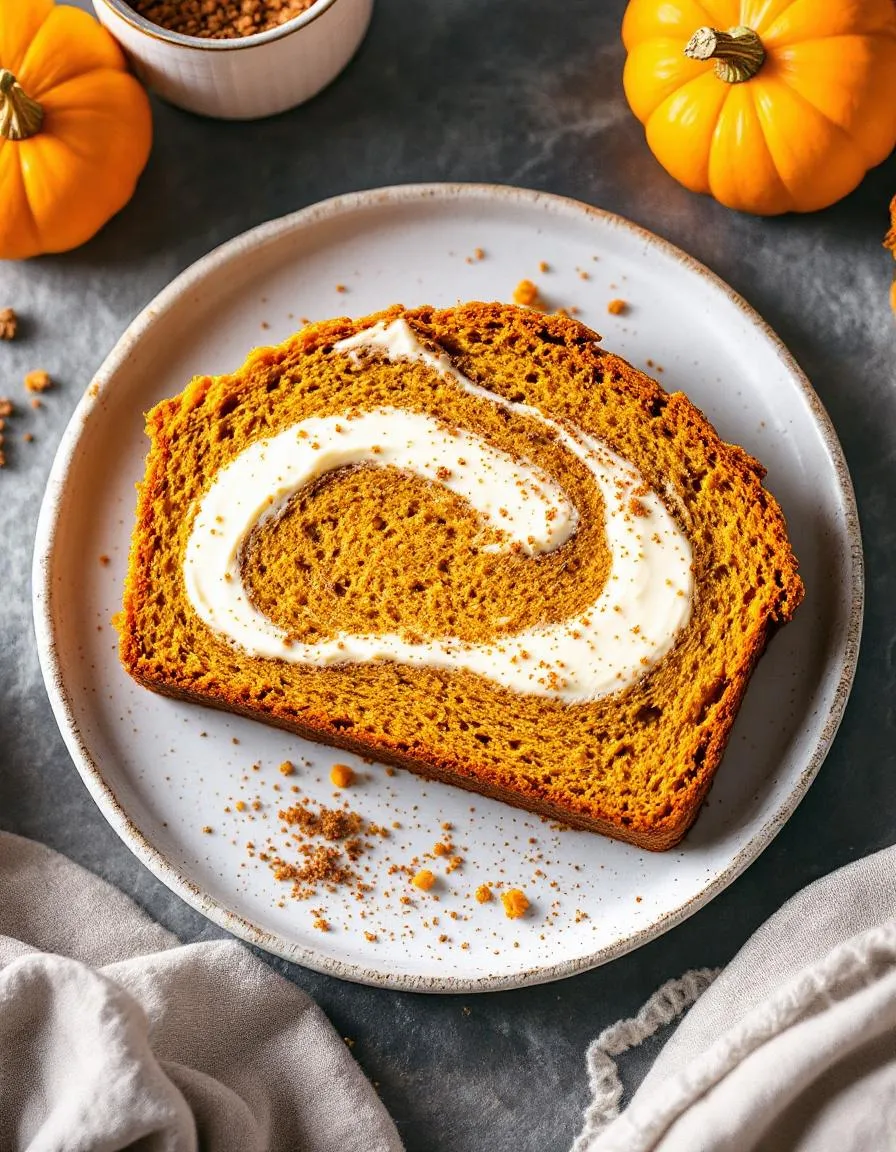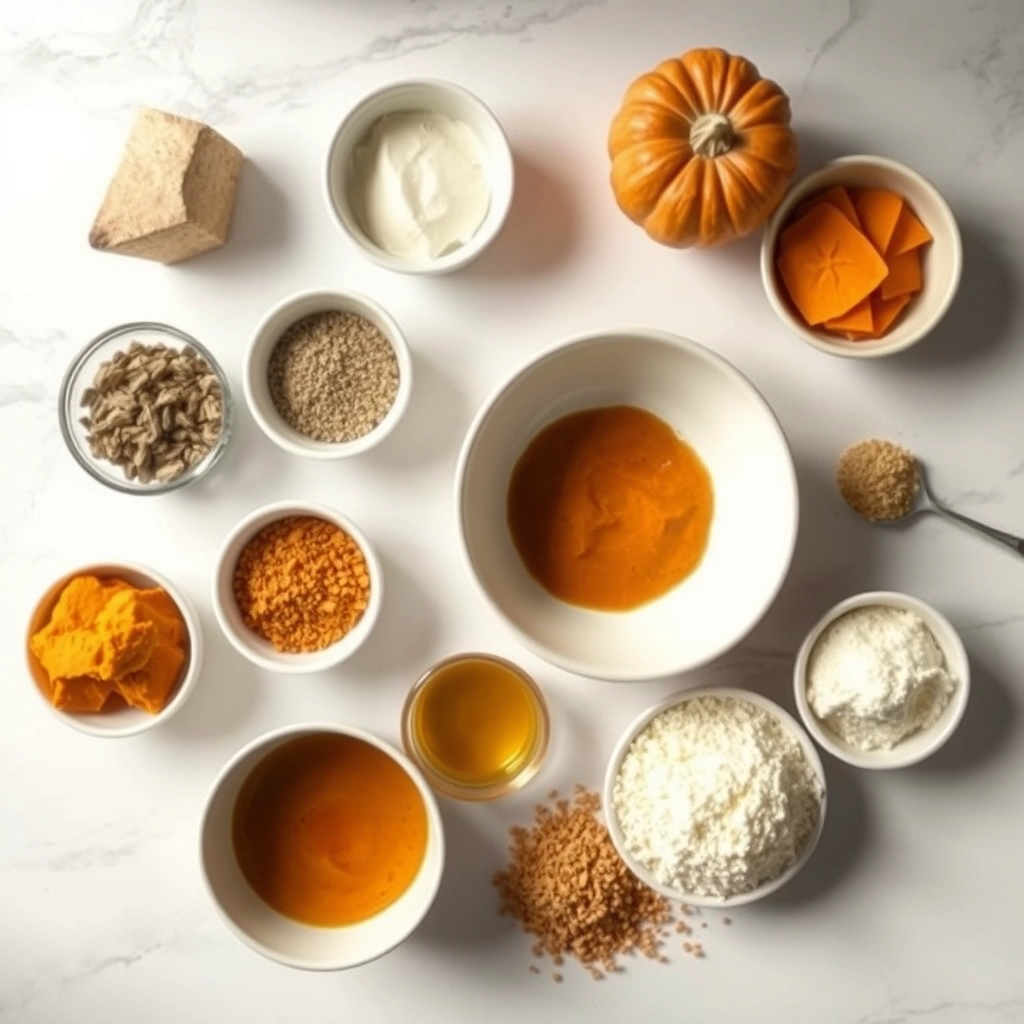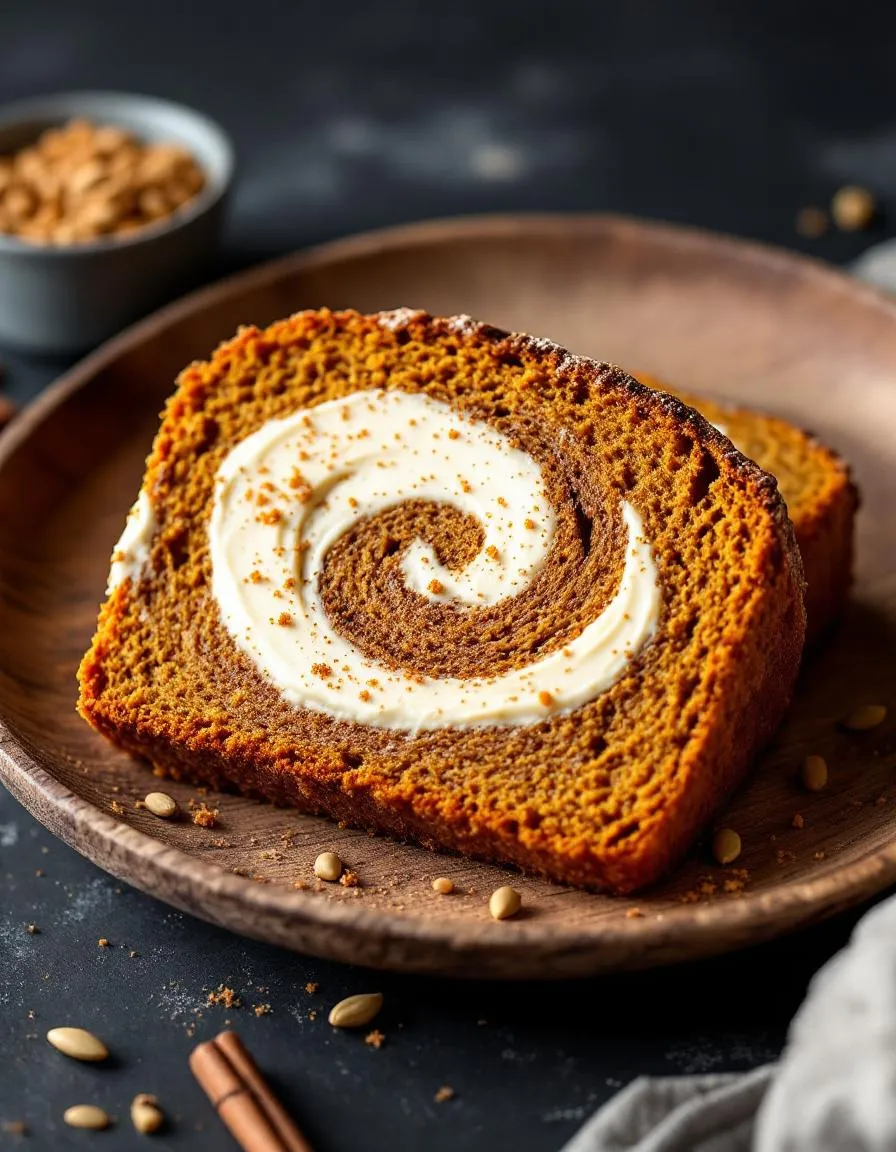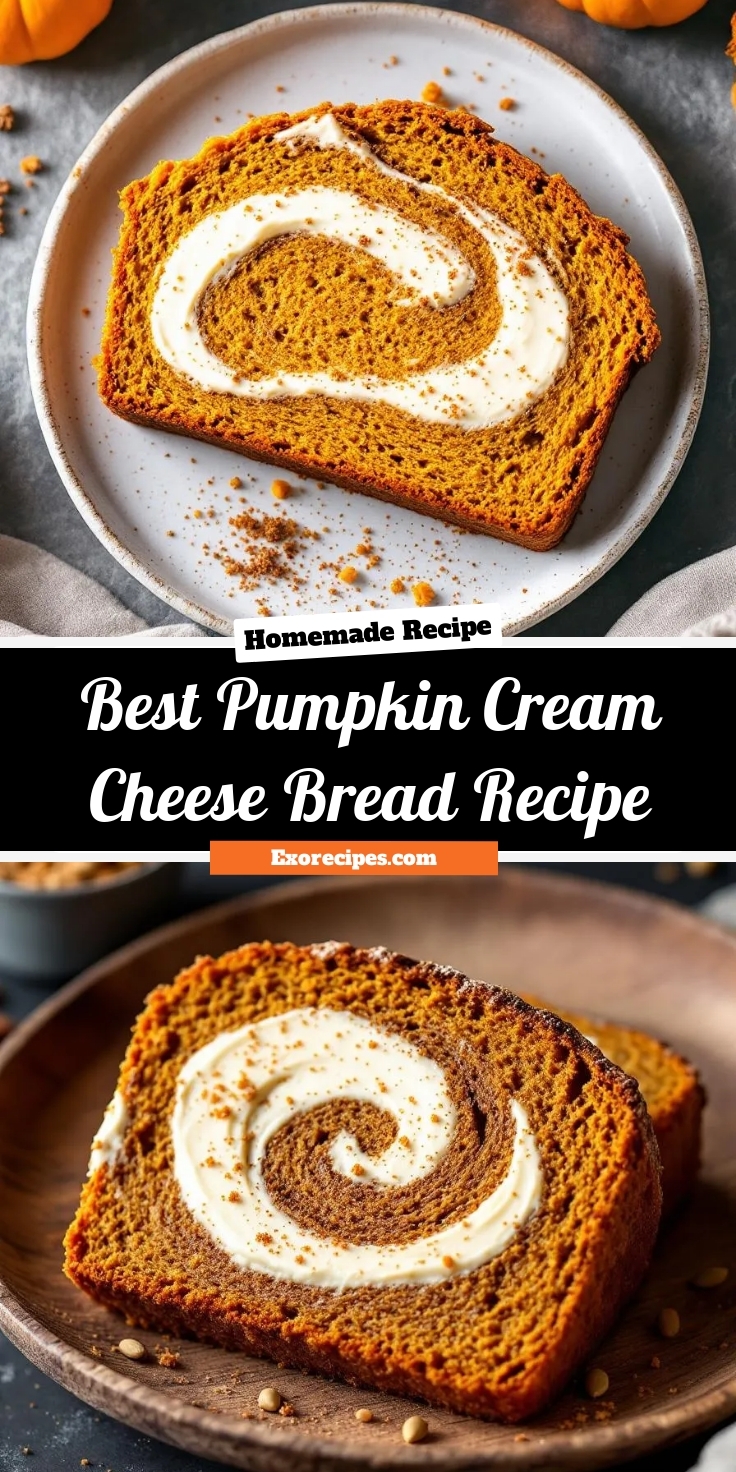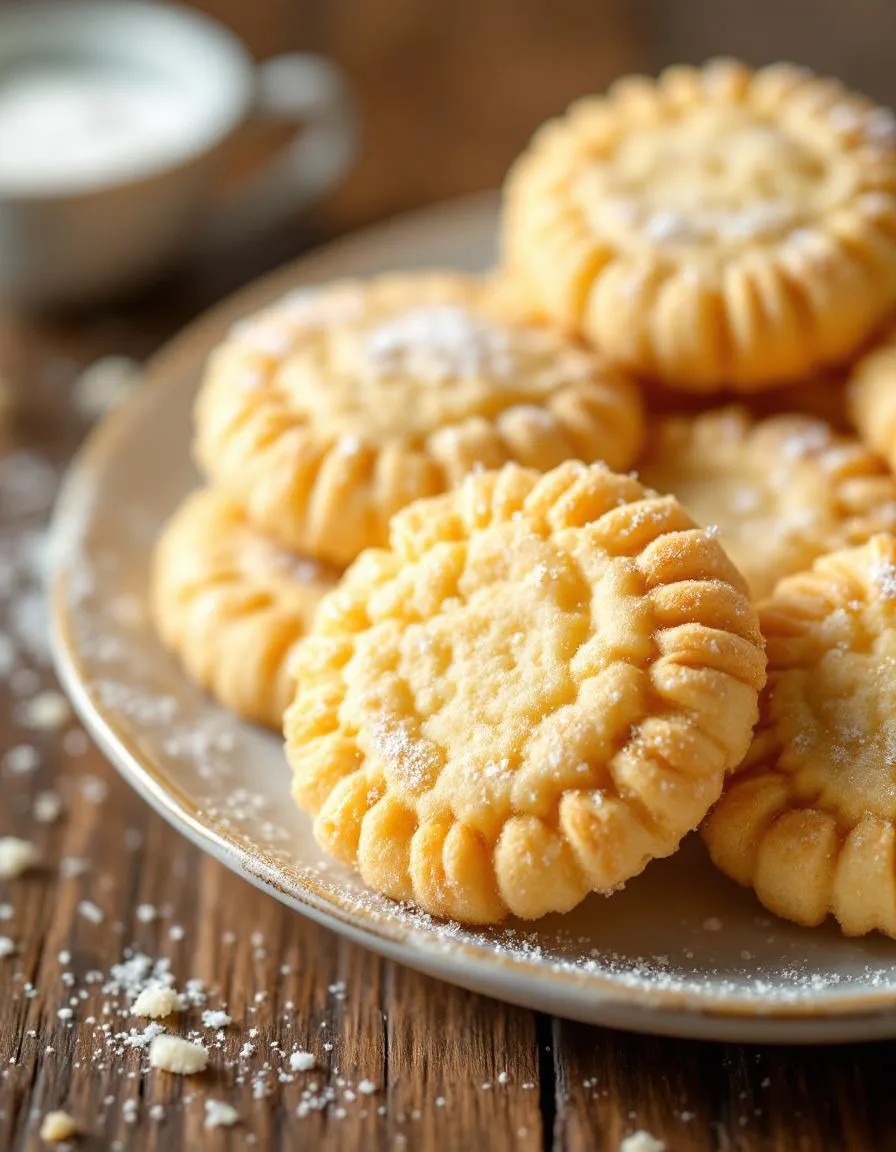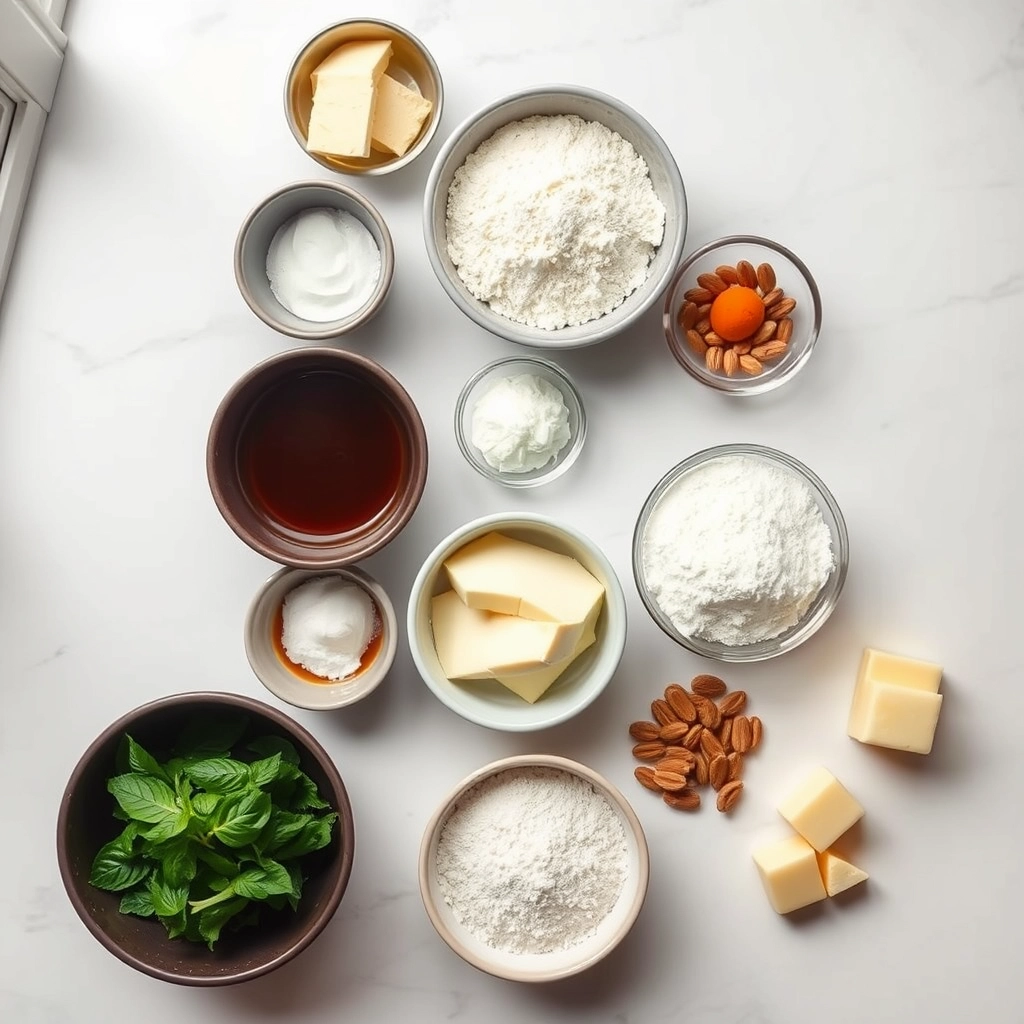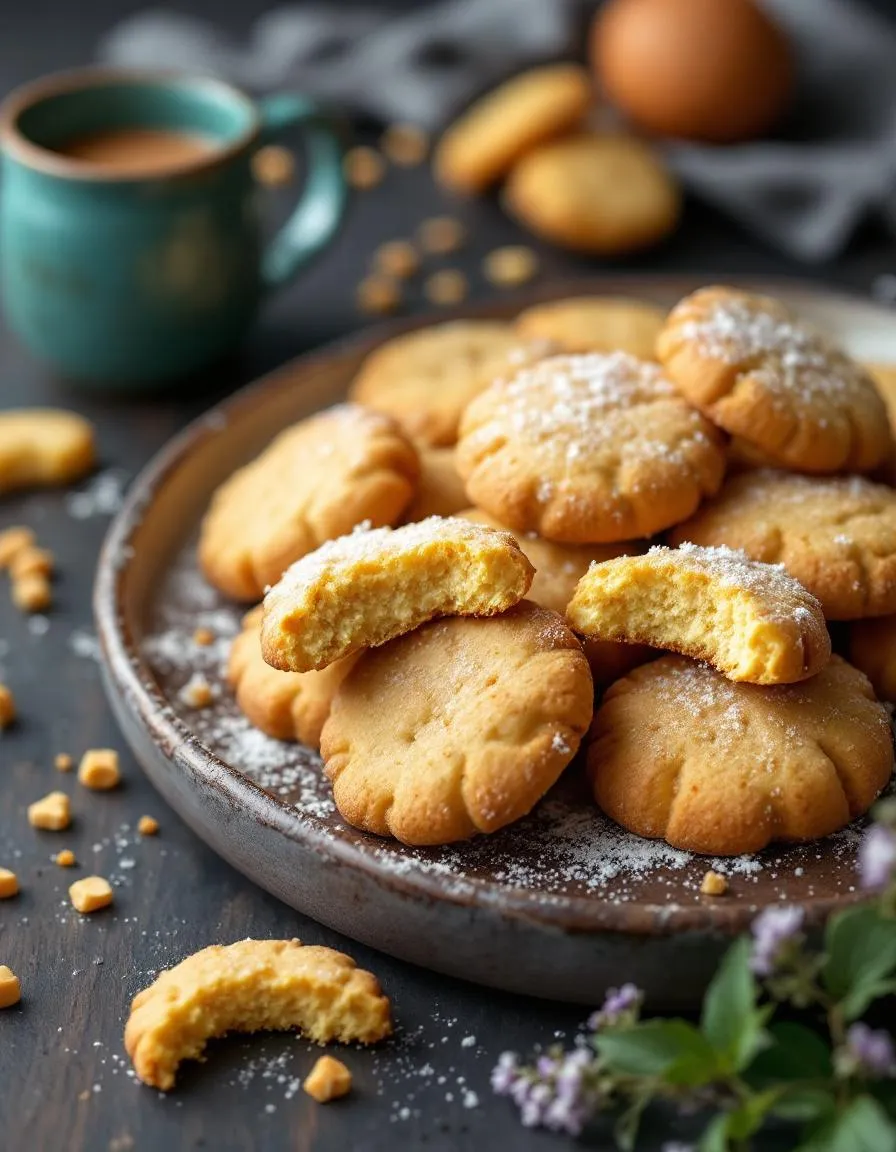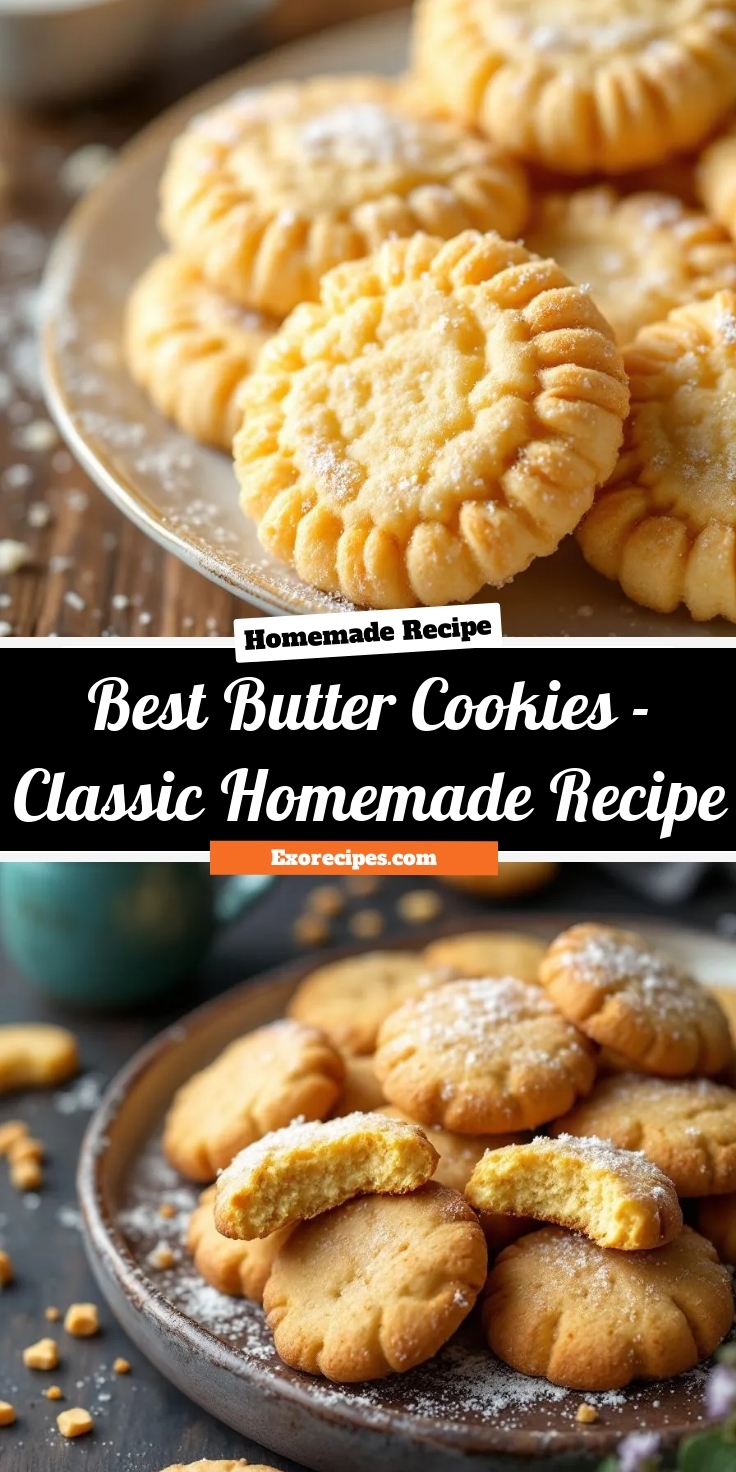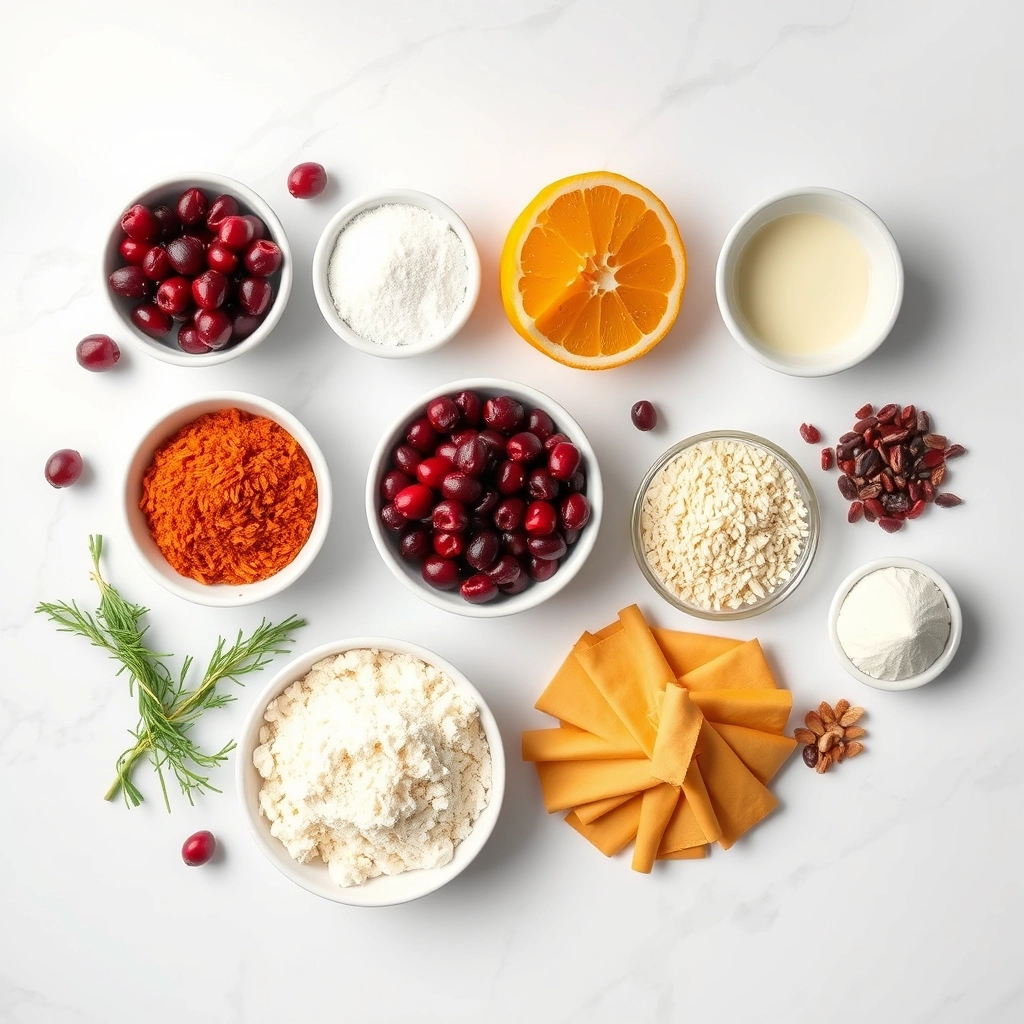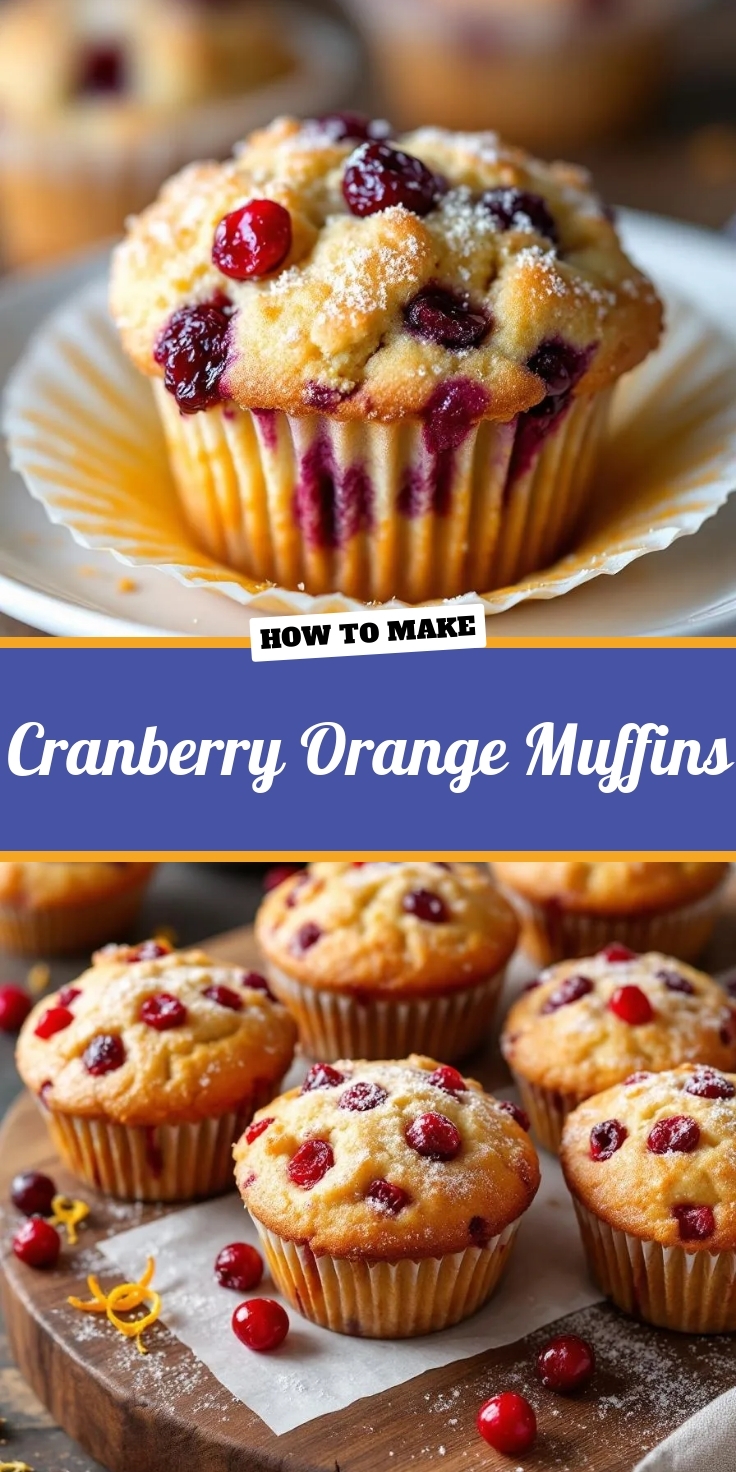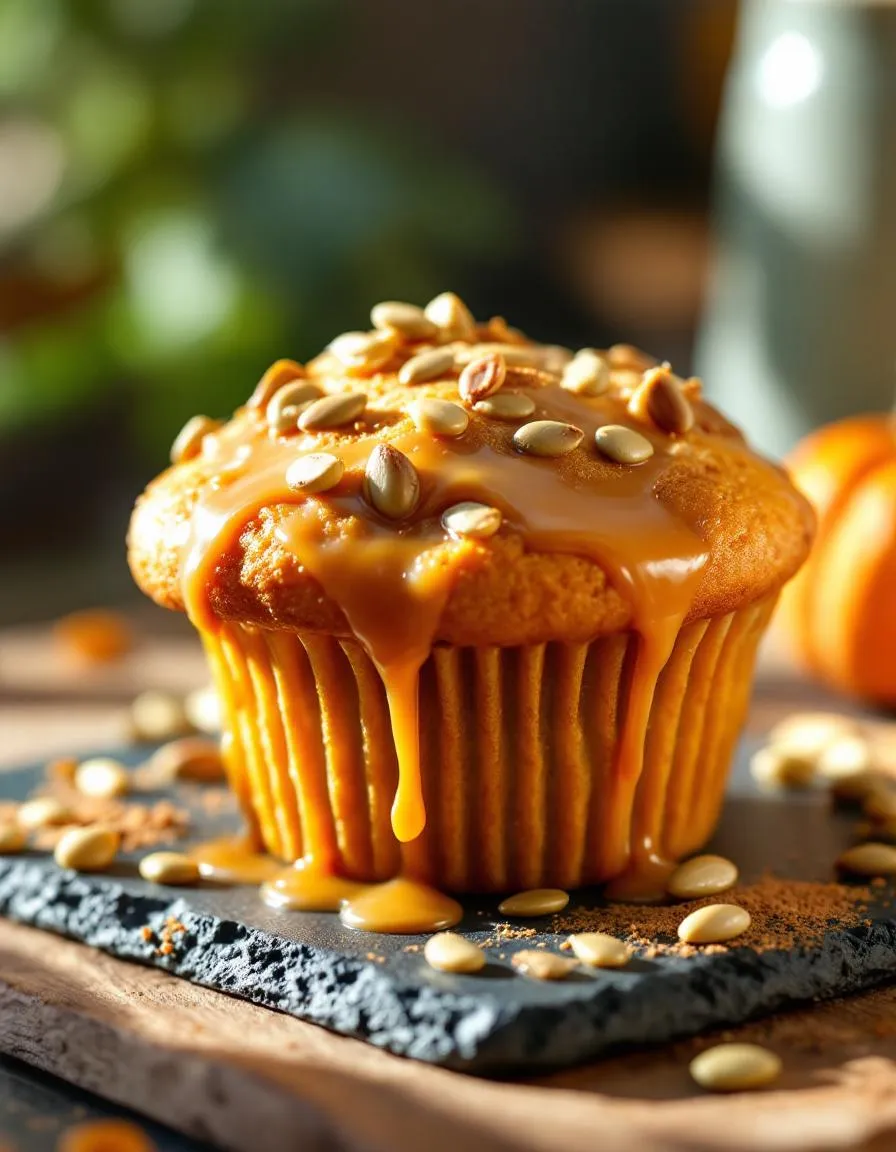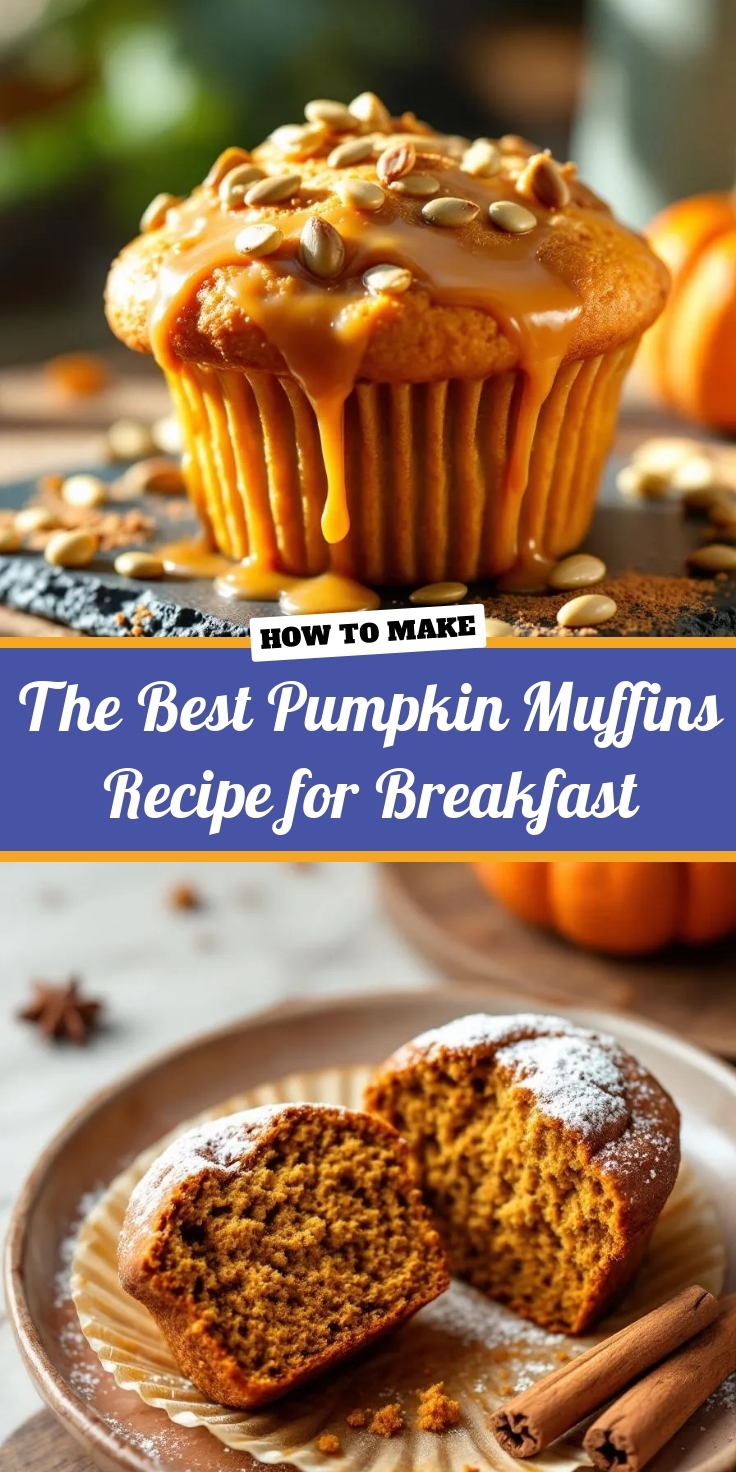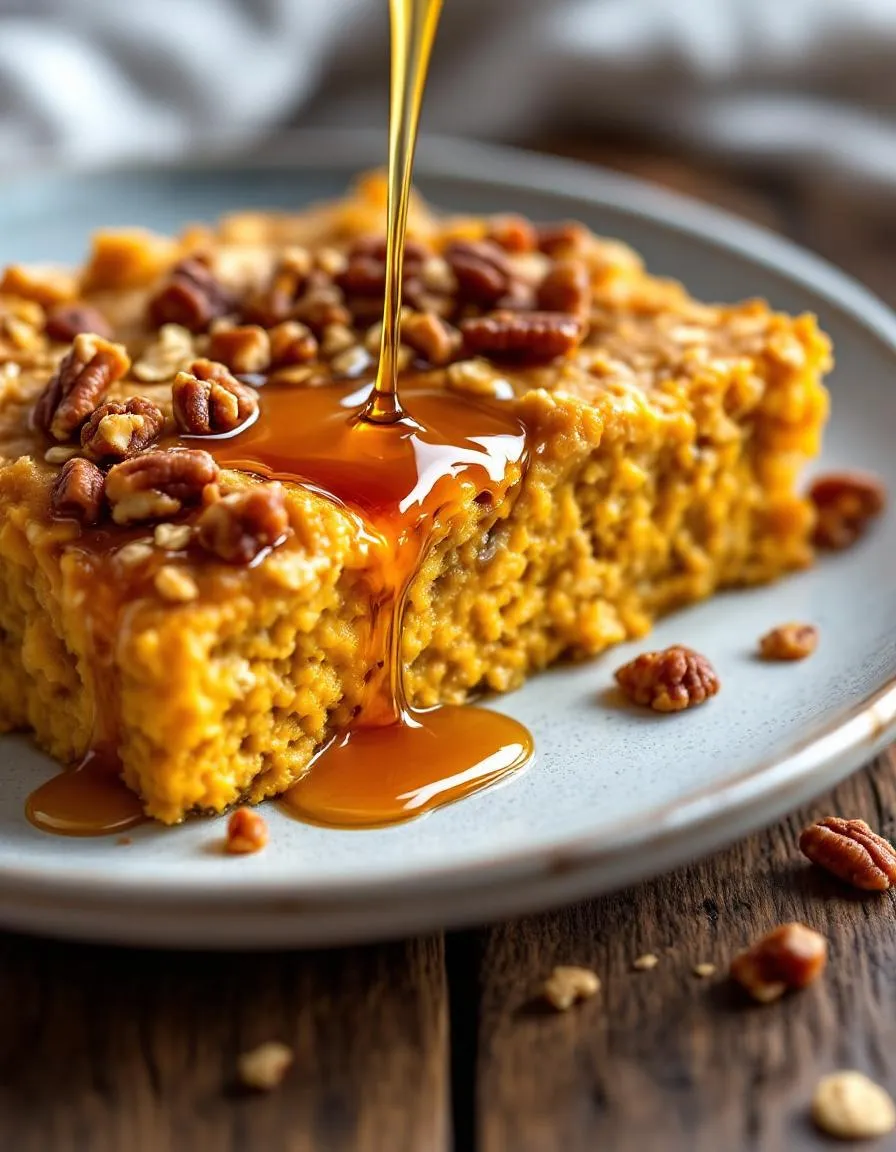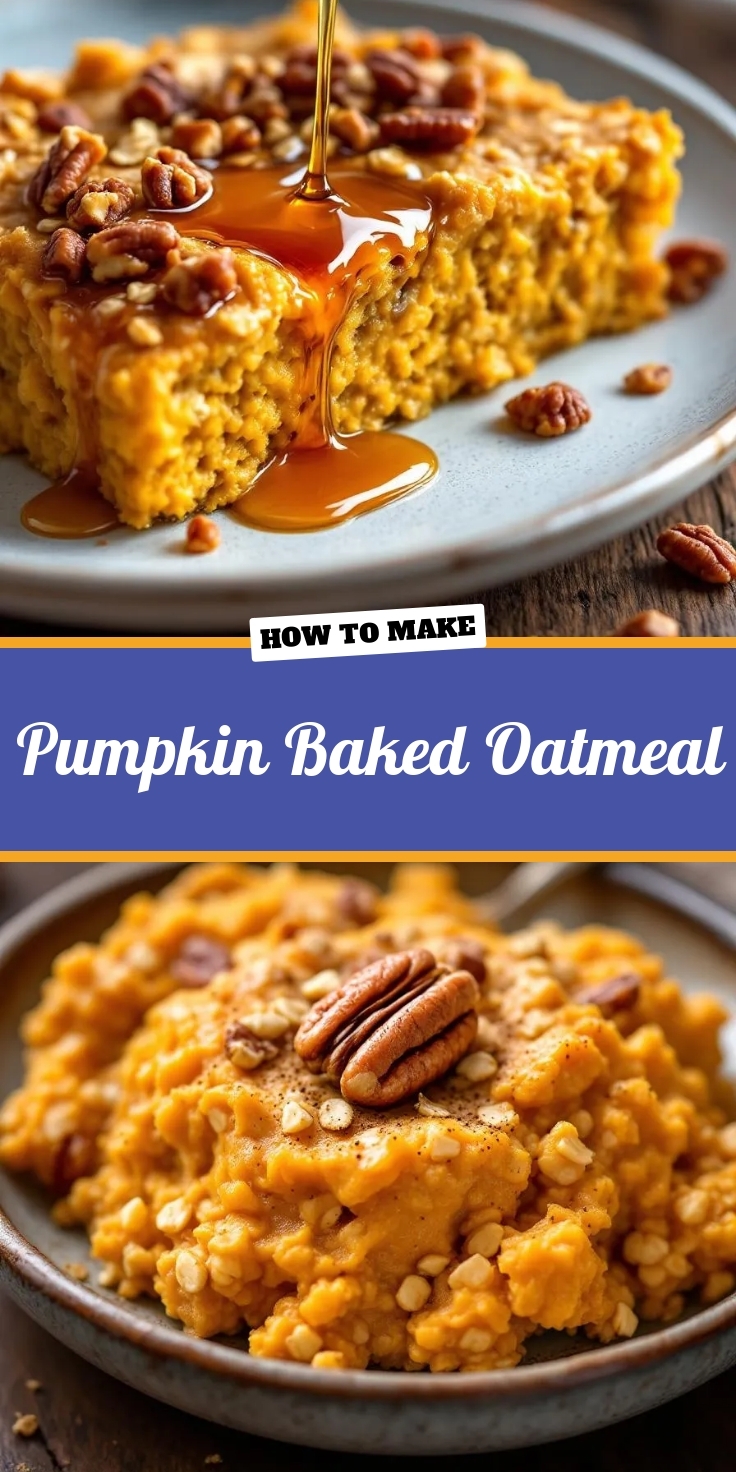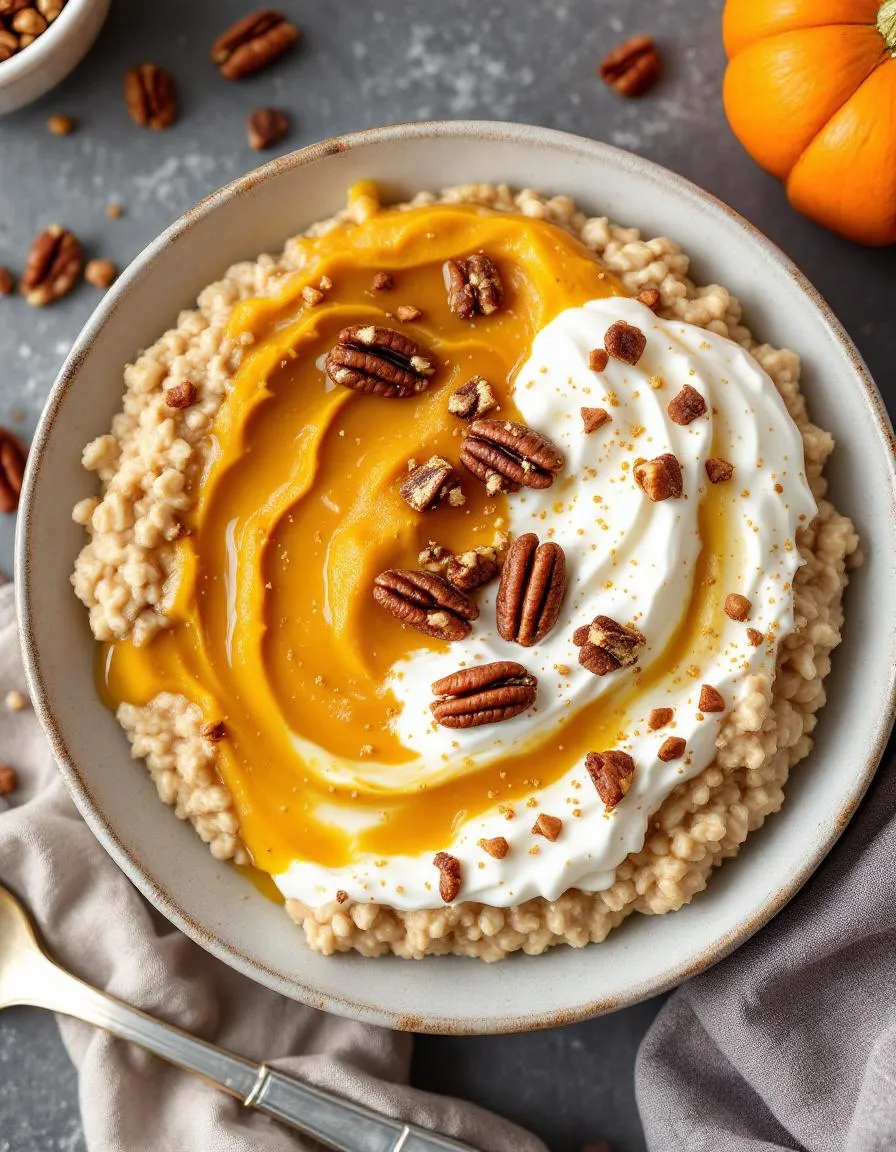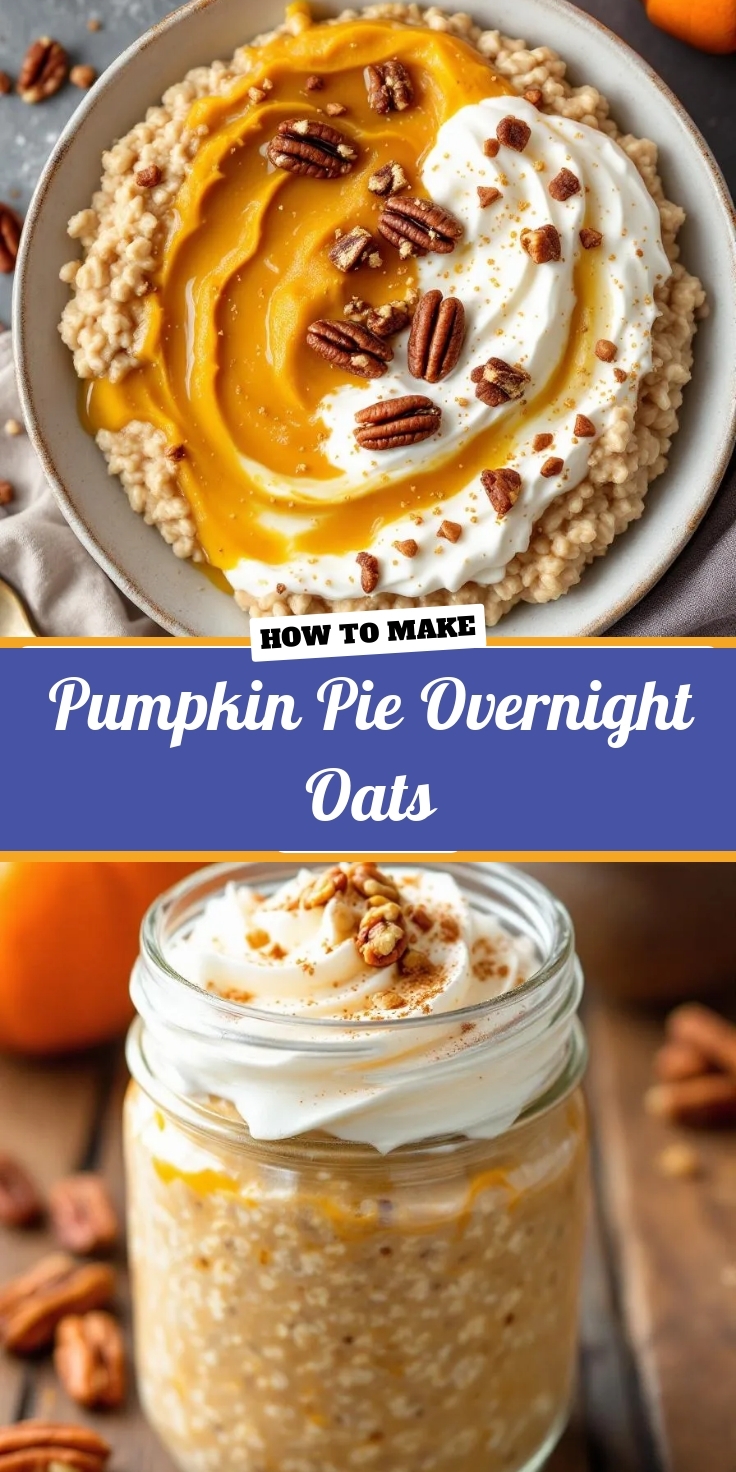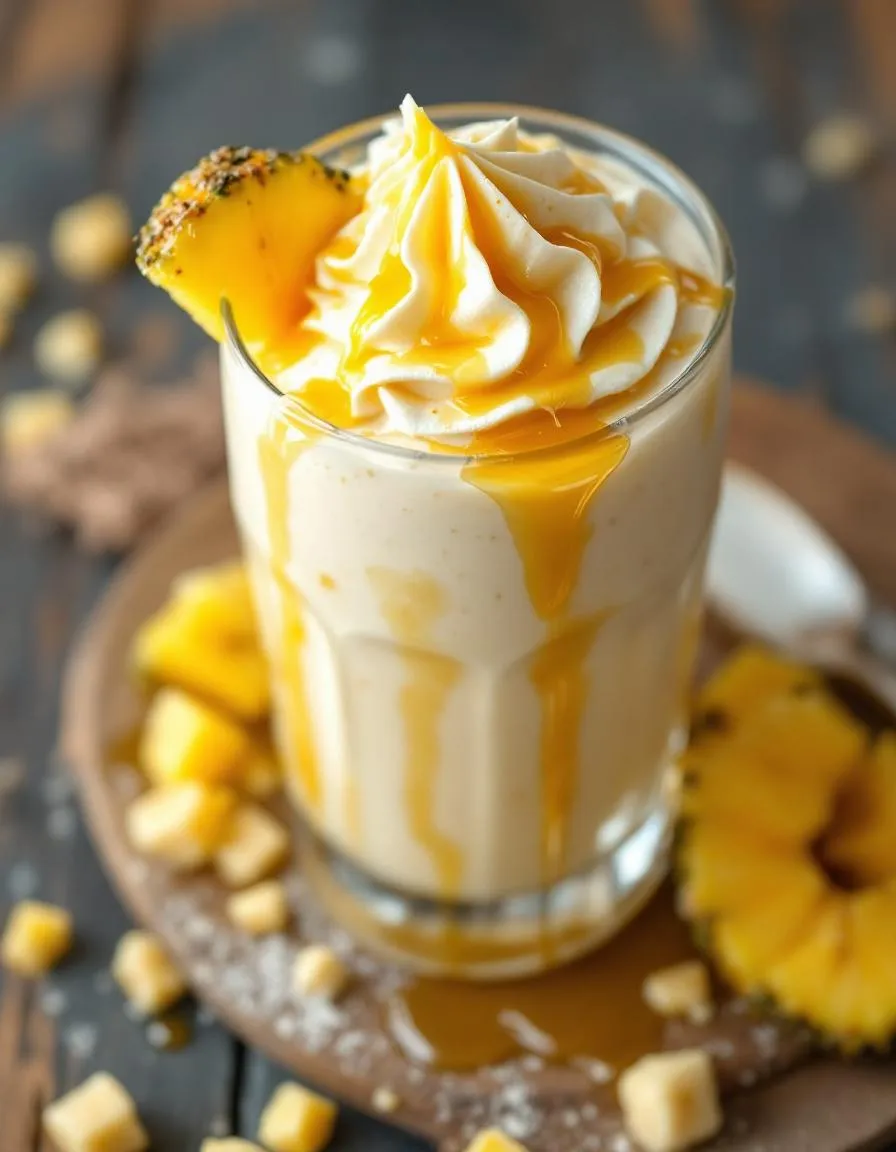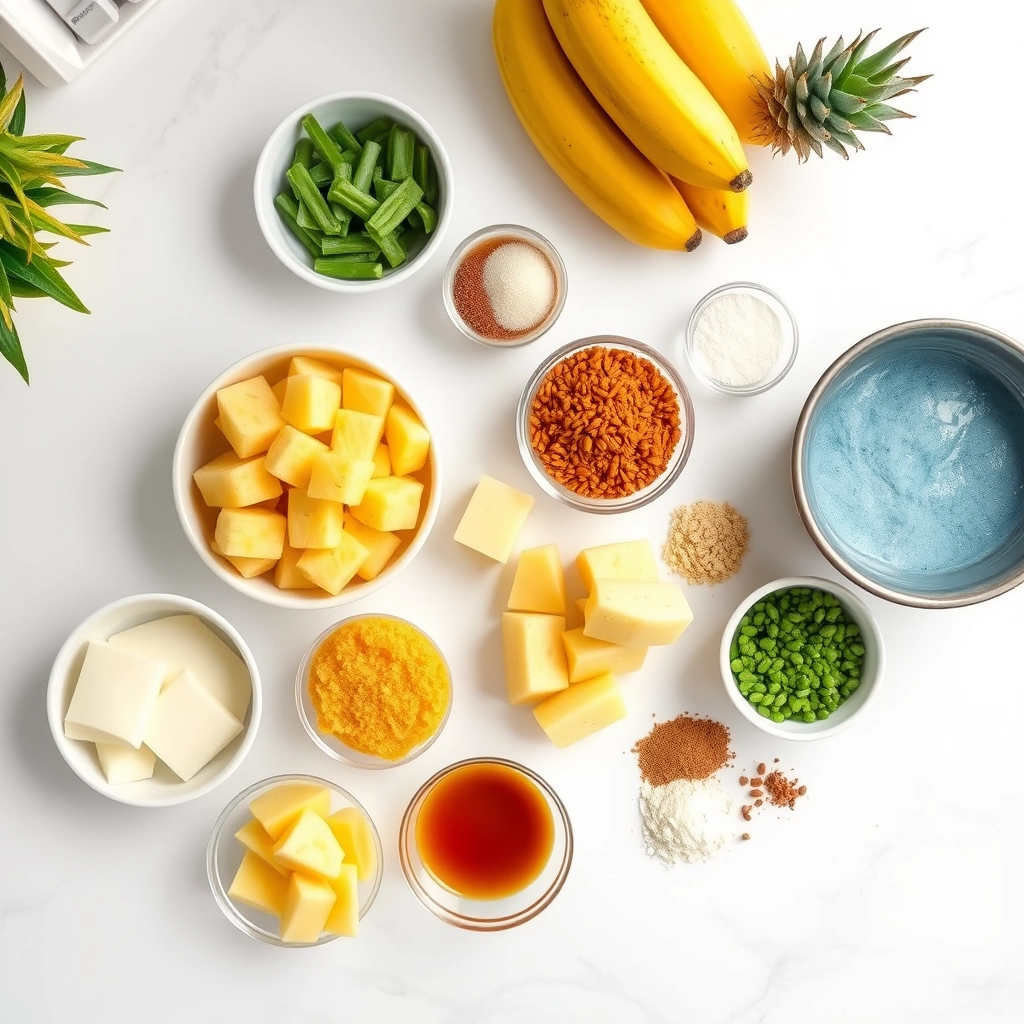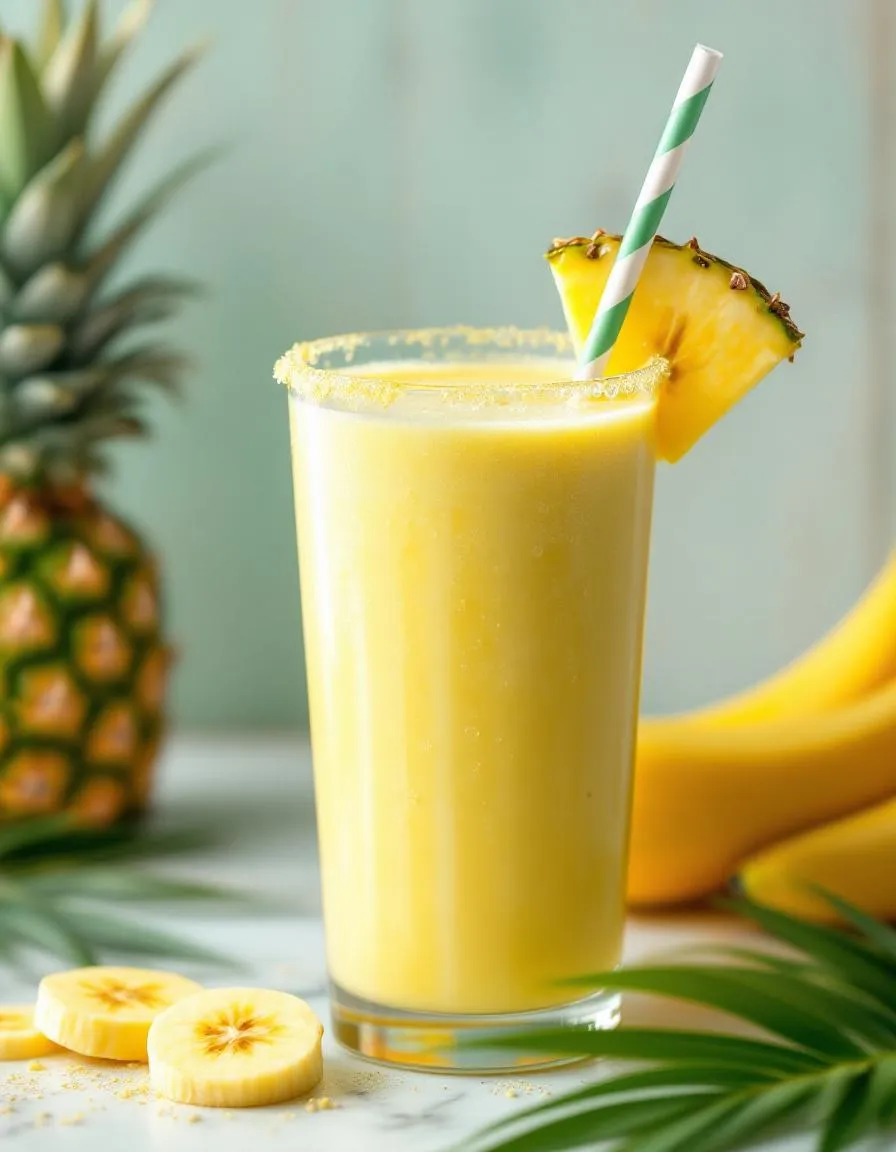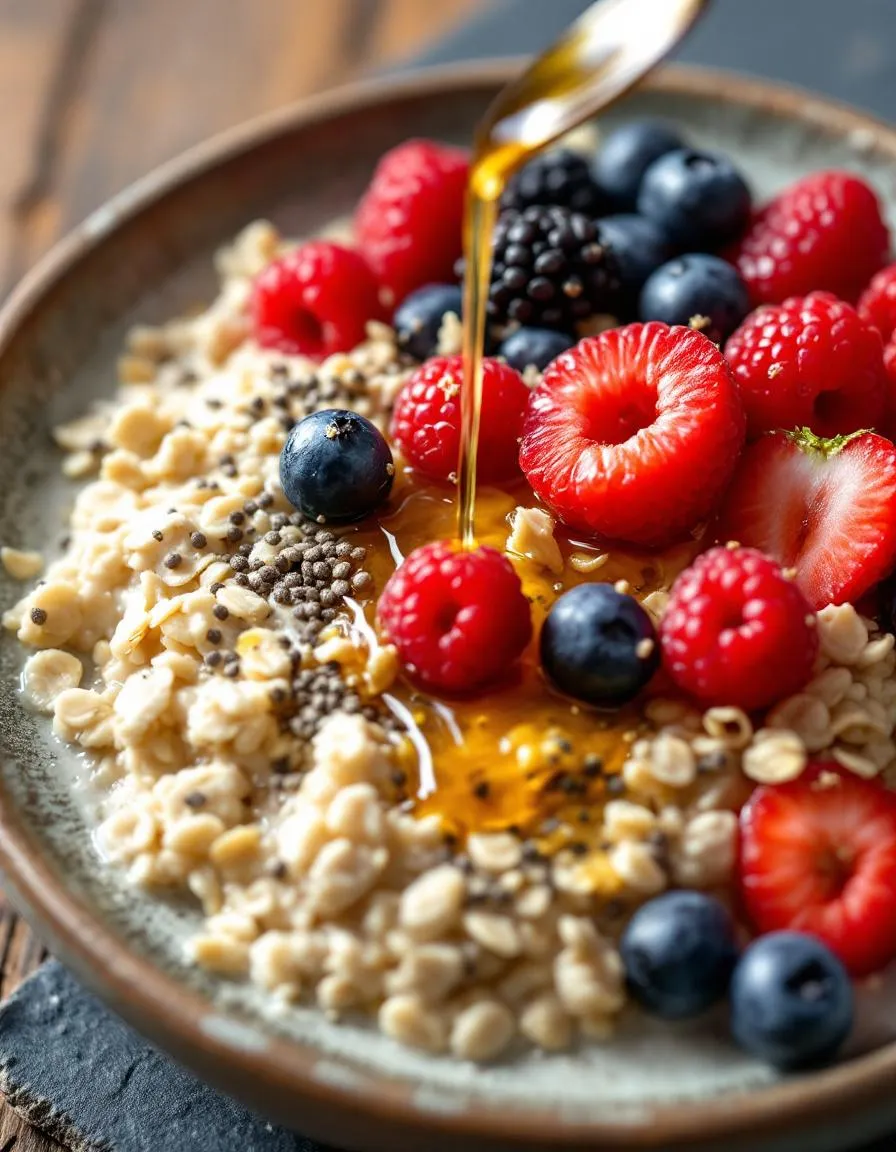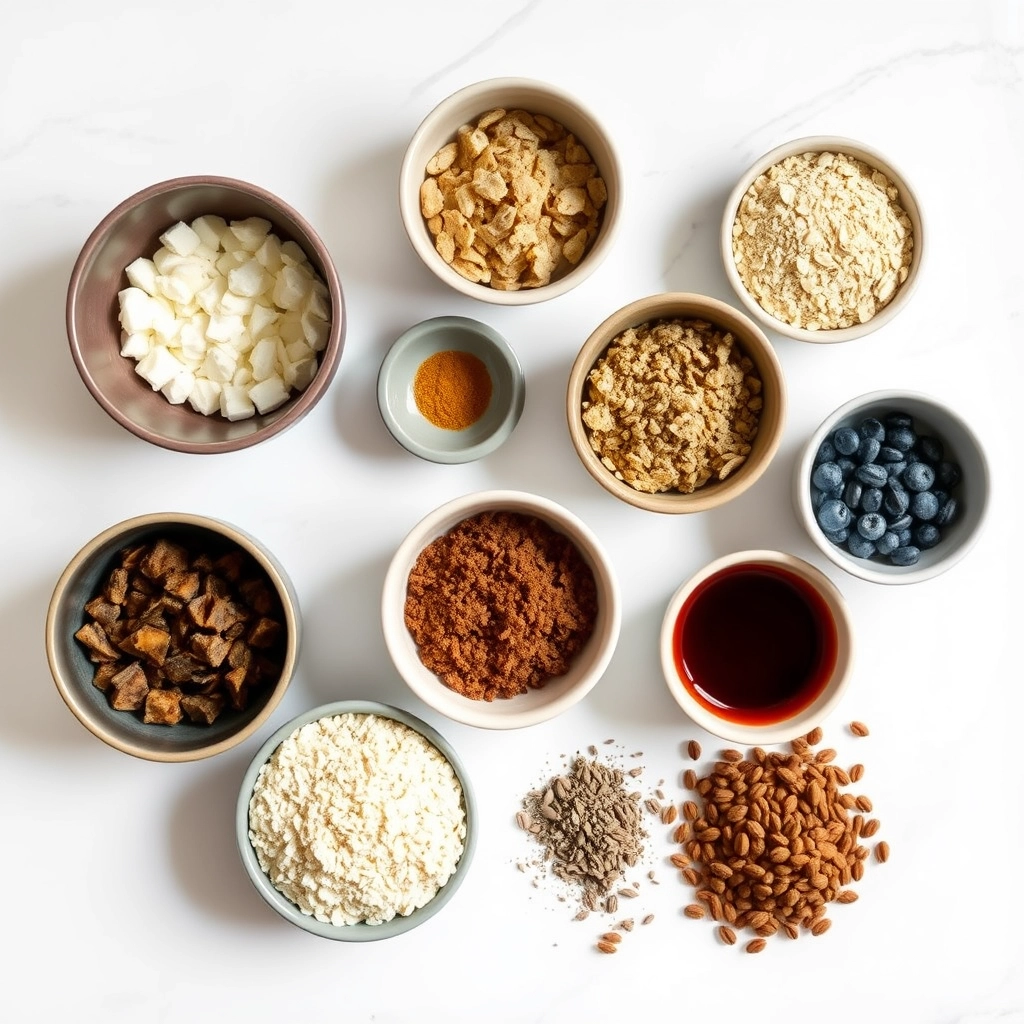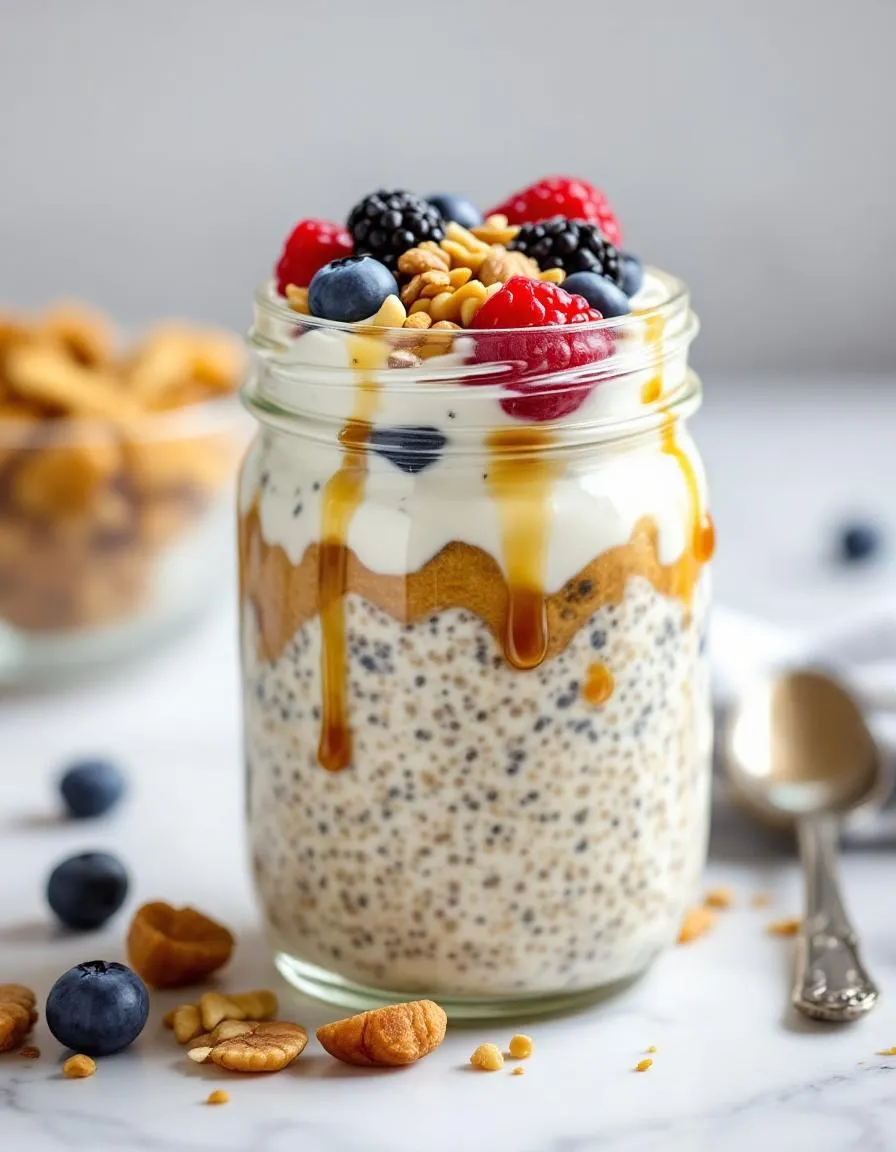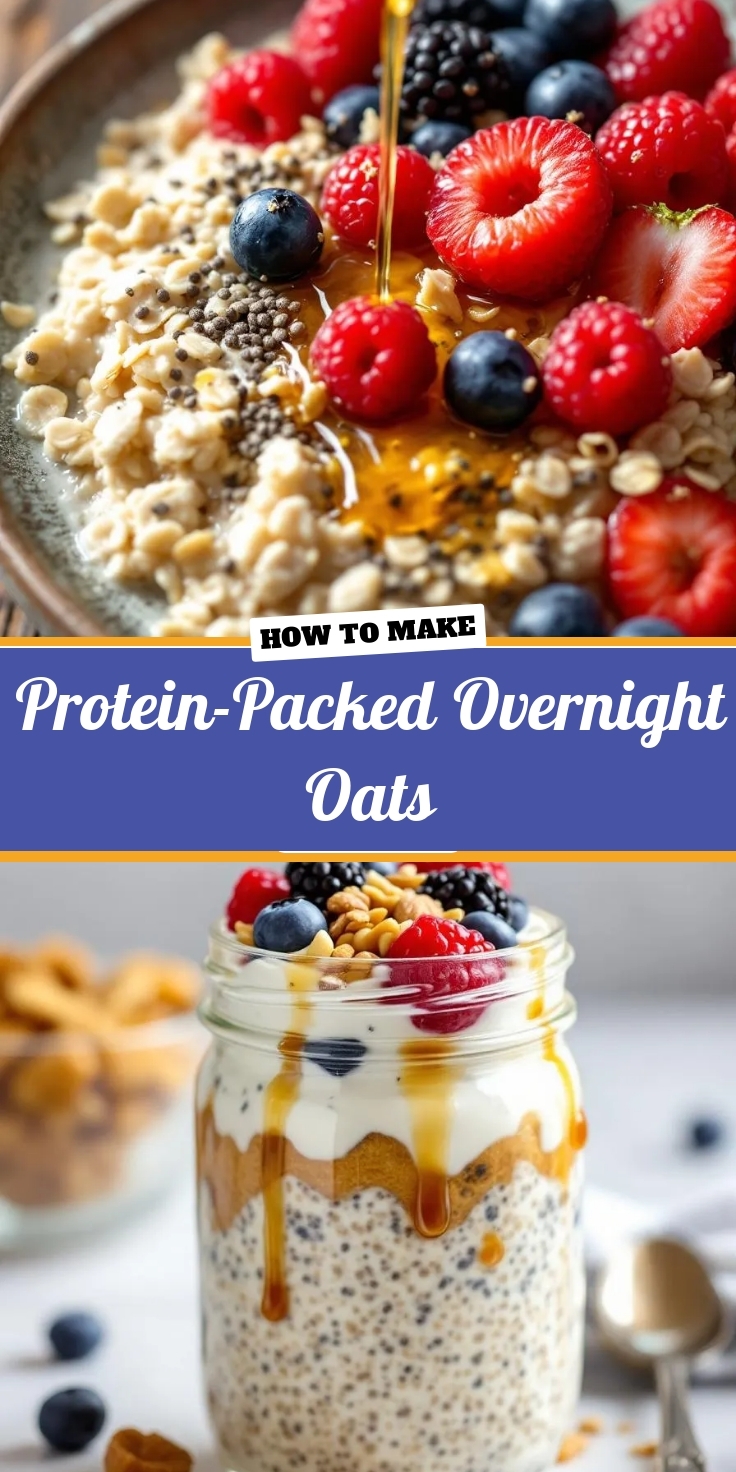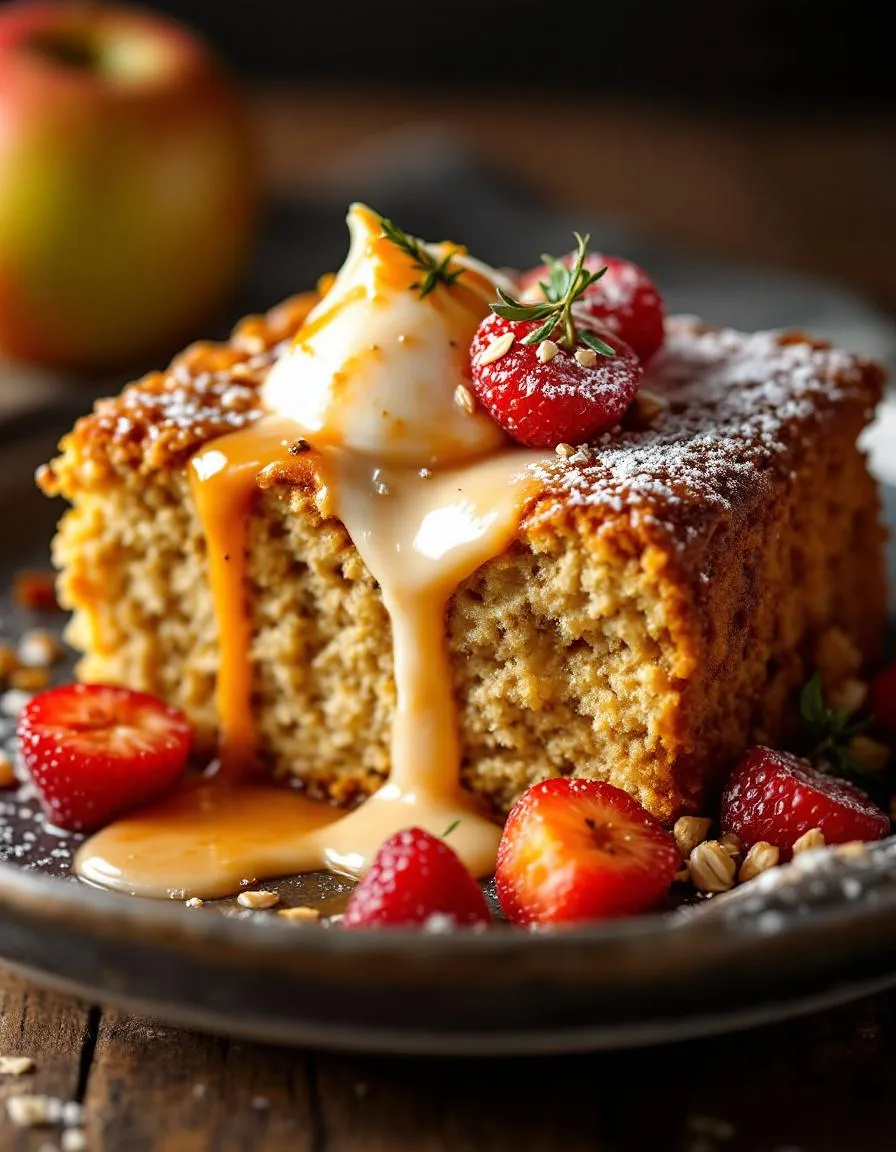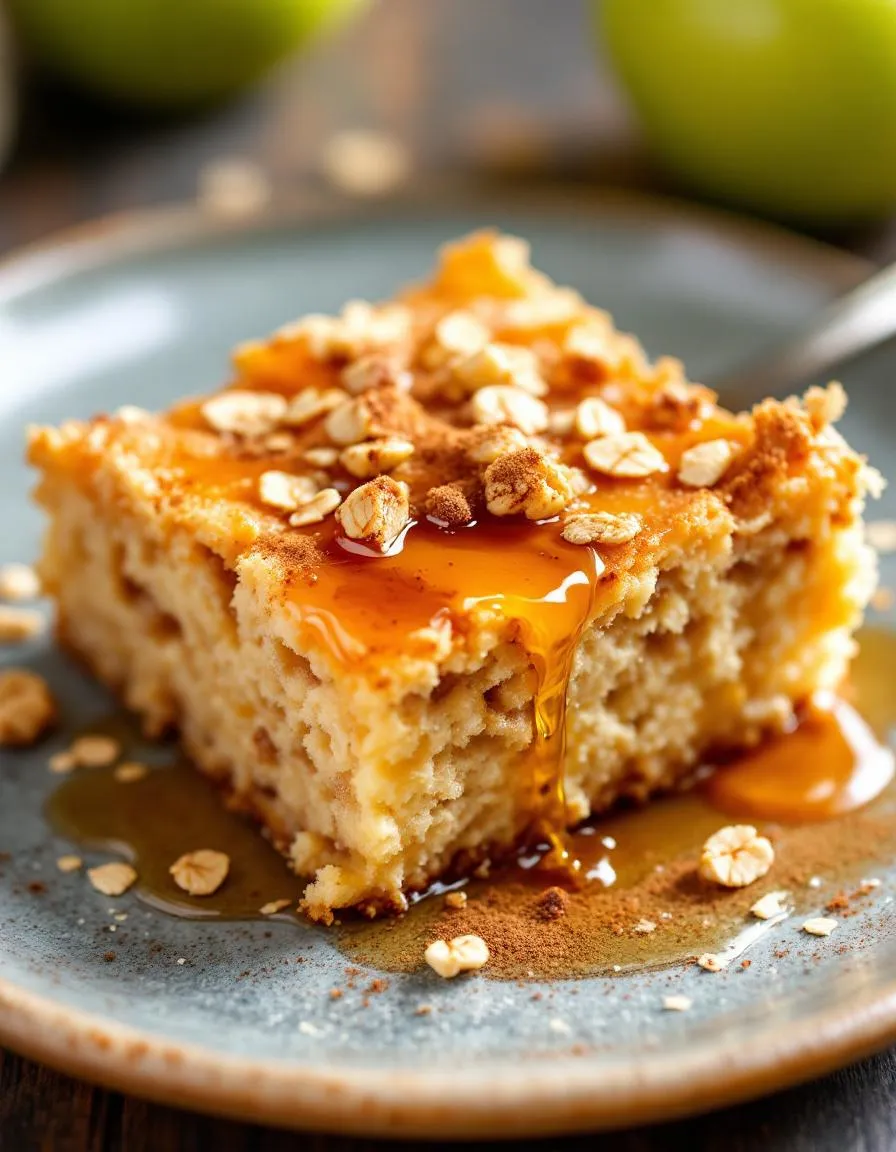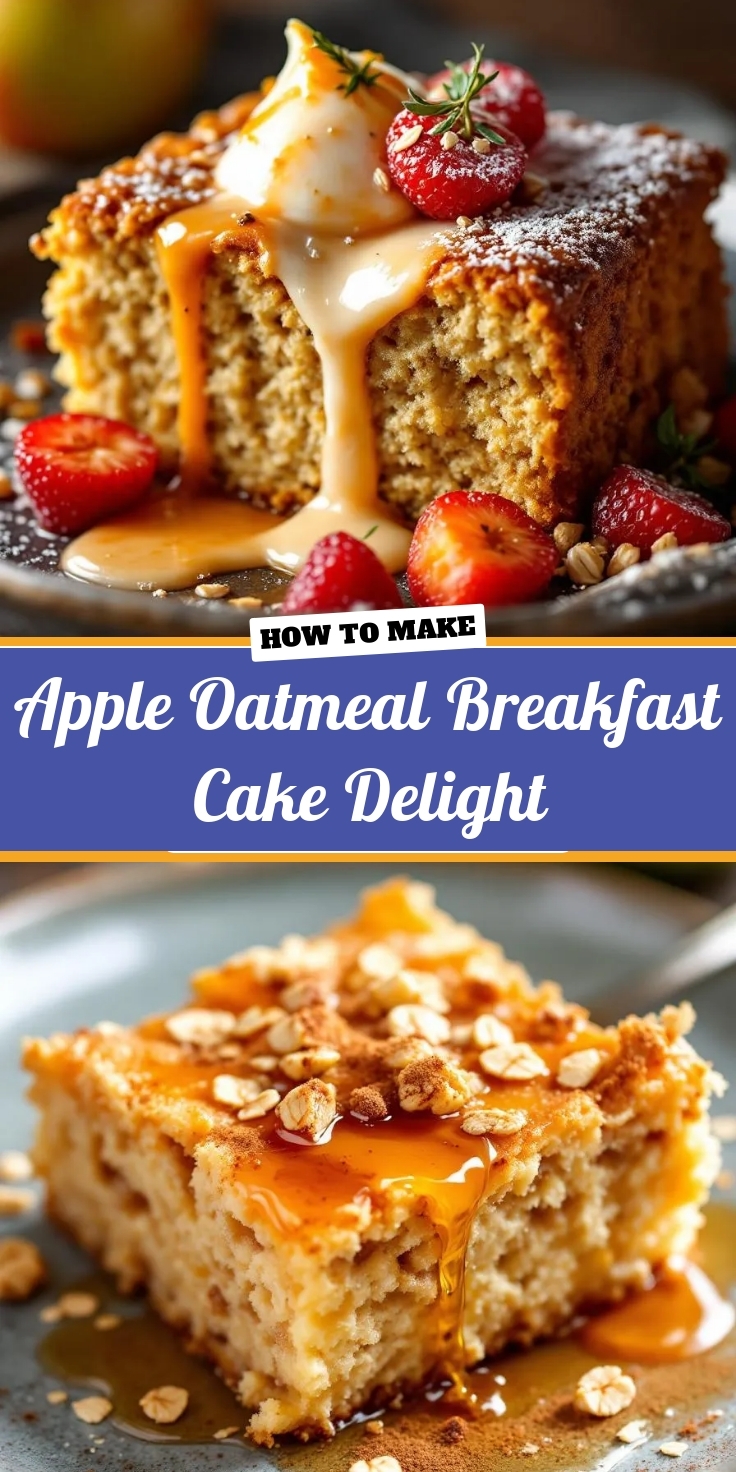Introduction
Do you ever crave the cozy, comforting flavors of a classic dessert but need a wholesome start to your day? Imagine sitting down to a warm, satisfying breakfast that tastes exactly like a slice of homemade pecan pie. This Pecan Pie Baked Oatmeal transforms that nostalgic dessert experience into a nourishing morning meal you can feel genuinely good about. Furthermore, it fills your kitchen with an incredible aroma that promises a truly special breakfast ahead.
Pecan Pie Baked Oatmeal is a hearty, make-ahead breakfast casserole that masterfully combines rolled oats, pecans, and warm spices with a caramel-like sweetness. Essentially, it captures the soul of the beloved Southern dessert in a format perfect for breakfast. This recipe matters because it solves the eternal dilemma of choosing between a healthy option and a decadent treat. Consequently, you no longer have to decide; you get the best of both worlds in every single bite. Moreover, it aligns perfectly with our blog’s mission to deliver recipes that are both approachable and exceptionally delicious. This dish is ideal for meal prep, as you can bake it on a Sunday and enjoy effortless breakfasts all week long. Additionally, it is a fantastic crowd-pleaser for holiday mornings or when you have house guests. For another fantastic make-ahead breakfast option, consider our popular Overnight Oats Four Ways. Ultimately, this Pecan Pie Baked Oatmeal is more than just food; it is a warm hug in a bowl that turns an ordinary morning into a celebration.
Why I Love This Recipe
This recipe holds a special place in my heart because it reminds me of slow weekend mornings at my grandma’s house. She always believed that breakfast should feel like a celebration, and this Pecan Pie Baked Oatmeal absolutely delivers on that sentiment. I love how the simple act of pulling it from the oven brings everyone to the table, eager to share a meal and start the day together. It is my go-to recipe for creating new memories with my own family, especially during the holidays. The combination of the toasty pecans and the sweet, creamy oatmeal never fails to comfort and delight everyone who tries it. For a different but equally comforting baked good, you must try our Classic Banana Bread. This dish truly embodies the joy of a homemade breakfast.
Health and Nutrition
Why it’s good for your body
This Pecan Pie Baked Oatmeal transforms a classic dessert into a wholesome breakfast powerhouse. First, it delivers a fantastic dose of soluble fiber from the oats. Consequently, this fiber helps you feel full and satisfied for hours, which supports healthy digestion and stable blood sugar levels. Moreover, the dish incorporates heart-healthy fats from pecans. These unsaturated fats actively work to support good cholesterol levels and overall cardiovascular health.
Additionally, this recipe smartly uses natural sweetness. For example, maple syrup and ripe bananas provide a rich flavor without relying on refined sugars. Therefore, you can enjoy a truly decadent-tasting meal that still nourishes your body. Furthermore, each serving of Pecan Pie Baked Oatmeal offers a good source of essential minerals like magnesium and zinc from the pecans. Ultimately, this meal gives you sustained energy to power through your morning while also delivering important nutrients.
How it fits in a healthy lifestyle
This Pecan Pie Baked Oatmeal fits beautifully into a balanced eating plan. It makes meal prep a breeze, giving you a ready-to-go breakfast that prevents less healthy morning choices. You can easily enjoy it as part of a heart-smart diet thanks to the beneficial fats from the pecans. For anyone following a gluten-free lifestyle, simply ensure you use certified gluten-free oats.
Pair a square with a side of Greek yogurt or a hard-boiled egg to add a protein boost that keeps you energized even longer. This approach aligns perfectly with building a satisfying and nutritious breakfast routine. If you love the cozy flavors here but need a quicker option, explore our guide to speedy oatmeal upgrades for more inspiration. This baked oatmeal proves that you truly can have a delicious treat that also supports your wellness goals.
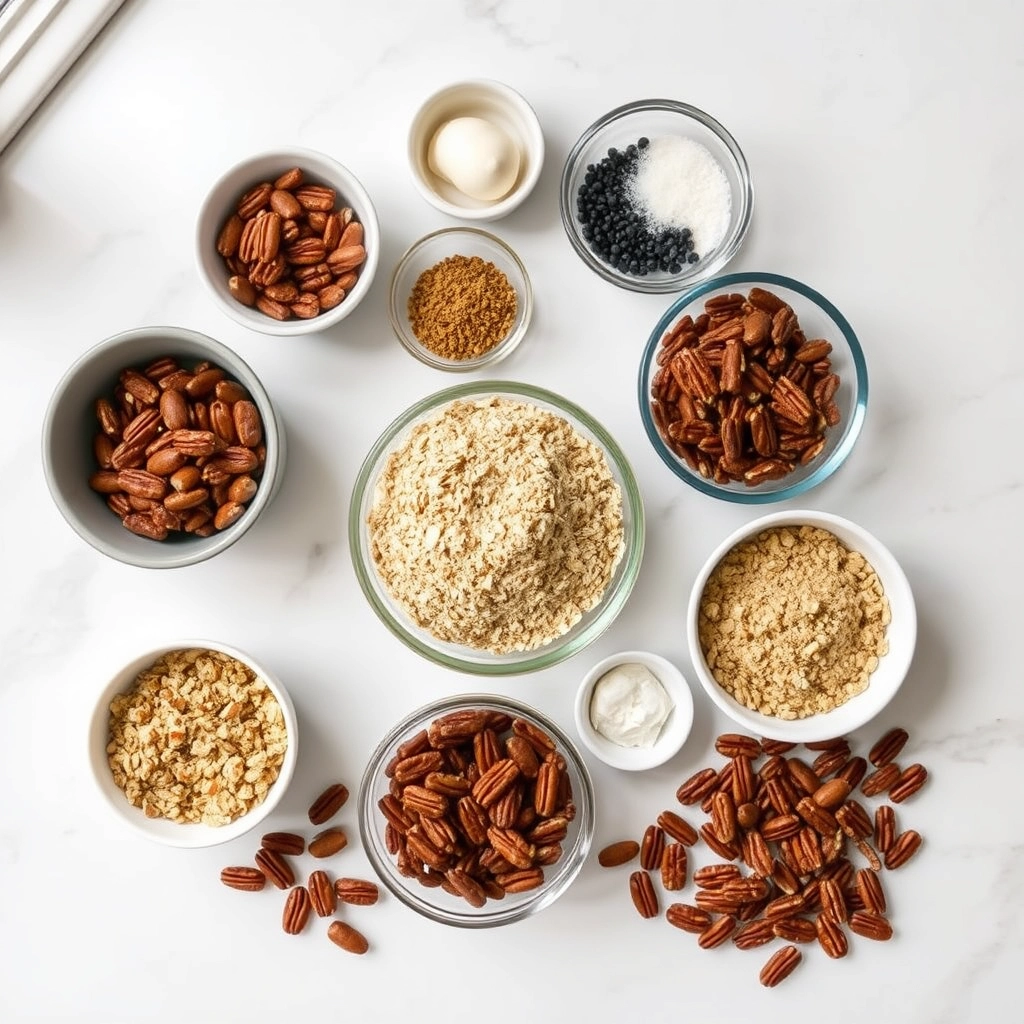
How to Prepare This Dish
Steps and time-saving tips
First, preheat your oven to 375°F and generously grease your baking dish. This initial step ensures your Pecan Pie Baked Oatmeal releases beautifully later. Meanwhile, whisk the eggs, milk, maple syrup, and vanilla in a large bowl until they are perfectly smooth. Next, gently stir in the old-fashioned oats, cinnamon, and a pinch of salt. Let this mixture sit for about five minutes; this allows the oats to start absorbing the liquid for a better texture. In a separate small bowl, quickly toss the pecans with a little extra maple syrup. Now, pour the oat base into your prepared dish and evenly scatter the sweetened pecans on top. Finally, bake for 35 to 40 minutes until the edges are golden and the center is set. For a true pecan pie experience, drizzle a little more syrup over each warm serving.
Mistakes I’ve made and learned from
I have absolutely overbaked this Pecan Pie Baked Oatmeal, turning my dream breakfast into a dry brick. The key is to remember it continues to set as it cools, so pull it out when the center still has a very slight jiggle. Another common error I made was using quick oats instead of old-fashioned, which resulted in a mushy, less satisfying texture. For the perfect firm-yet-tender bite, stick with old-fashioned rolled oats every time. If you’re new to baking with oats, my guide on avoiding common oatmeal mistakes can save you a lot of trial and error. And if you love the flavors here, you must try my classic stovetop pecan pie for another delicious twist on this classic combination.
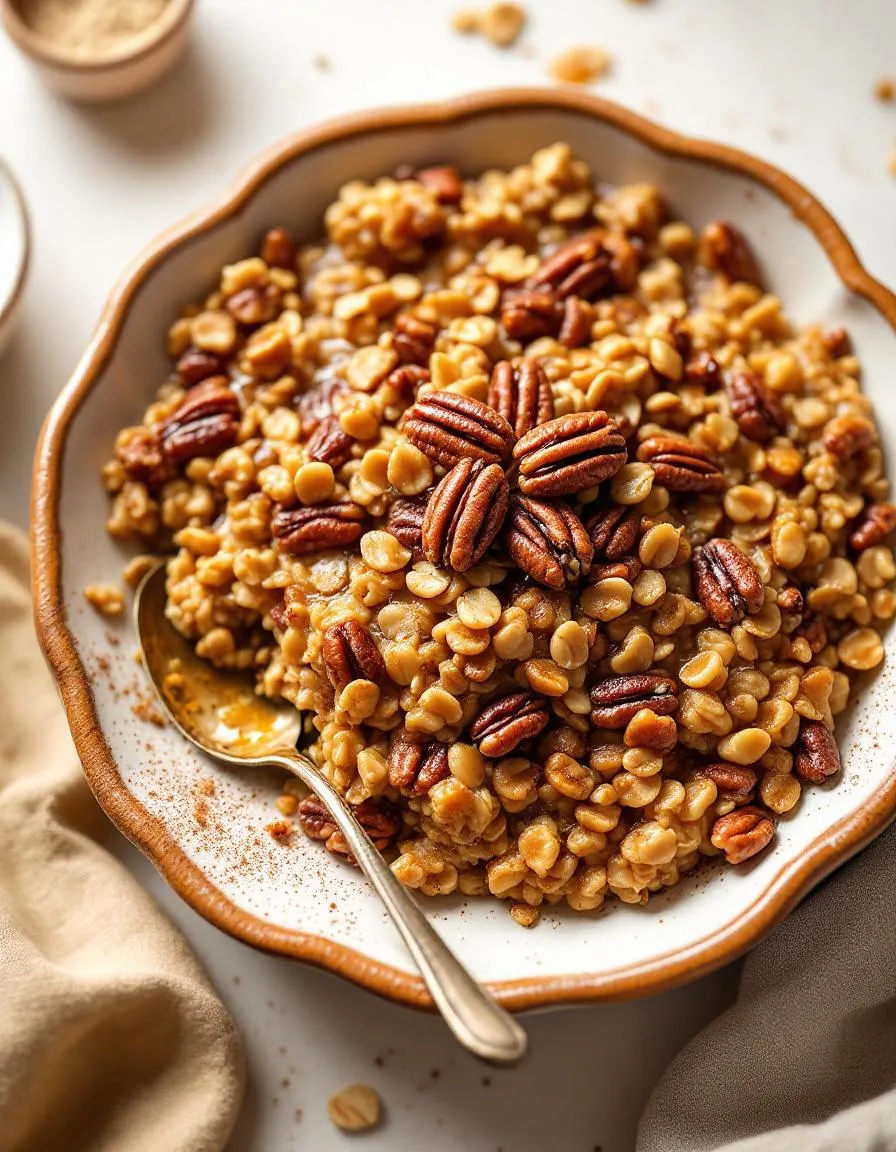
Cultural Connection and Variations
Where this recipe comes from
This Pecan Pie Baked Oatmeal recipe feels like a warm hug from the American South. It pulls its soul from the classic pecan pie, a staple on holiday tables from Georgia to Texas. Families often pass down their prized pie recipes through generations, each one boasting a secret twist. Some use a dash of bourbon, while others swear by a specific syrup blend. Consequently, we took that beloved, nutty filling and gave it a wholesome, breakfast-ready twist. We essentially baked all that gooey, caramelized goodness right into a hearty oat base.
Around the world, people enjoy oats in countless ways. For instance, in Scotland, they might prepare a savory porridge. Meanwhile, in Germany, they often bake oats into dense, fruit-laden cakes. Our version, however, leans into a very specific American tradition. My own family always served pecan pie at Thanksgiving. Eventually, I started craving those flavors on a regular autumn morning, not just once a year. This dish bridges that gap perfectly. You can easily find regional variations, too. A Vermont cook might use pure maple syrup, while a Southern baker may add chopped peaches for a peachy-pecan delight. Ultimately, this Pecan Pie Baked Oatmeal celebrates tradition while inviting personal creativity.
How it fits in today’s cooking
This dish fits beautifully into modern cooking routines because it masters the art of the make-ahead meal. Busy home cooks adore preparing a large batch on Sunday. They then have a quick, satisfying breakfast ready for the entire week. Furthermore, it aligns perfectly with today’s desire for comforting, yet nutritious, food. It feels indulgent but fuels your body with whole grains and healthy fats.
Many people now incorporate it into their holiday brunch spreads. It offers a fantastic, crowd-feeding alternative to sugary pastries. For another amazing make-ahead breakfast option, consider our popular overnight oats four ways. This Pecan Pie Baked Oatmeal also adapts seamlessly to various dietary needs. You can easily make it gluten-free or vegan without losing any of its decadent charm. It truly proves that classic flavors can thrive in a contemporary kitchen. If you love this cozy bake, you will absolutely adore our pumpkin baked oatmeal for another seasonal twist. It’s a timeless recipe that continues to find new fans and new occasions.
Taste and Texture
What makes it delicious
This Pecan Pie Baked Oatmeal delivers a wonderfully cozy and comforting experience. First, you smell the warm, fragrant notes of cinnamon and toasted pecans as it bakes. Each spoonful offers a delightful contrast between the creamy, soft oatmeal base and the satisfyingly crisp, buttery pecan topping. Moreover, the rich caramel-like sweetness from the maple syrup and brown sugar perfectly complements the earthy, nutty flavor. Ultimately, the texture is both hearty and indulgent, making every bite of this Pecan Pie Baked Oatmeal feel like a special treat.
Boosting the flavor
You can easily elevate your breakfast with a few creative twists. For instance, try swirling in a spoonful of our salted caramel sauce before baking for a deeper, gooey sweetness. Additionally, a dollop of vanilla yogurt or a splash of cold cream on top creates a fantastic hot-and-cold contrast. Furthermore, a pinch of nutmeg or a dash of vanilla extract will amplify the warm spice profile beautifully. For another delicious pairing, consider serving it alongside our classic fluffy pancakes for a full brunch spread. Finally, a sprinkle of flaky sea salt right before serving always heightens all the other flavors.
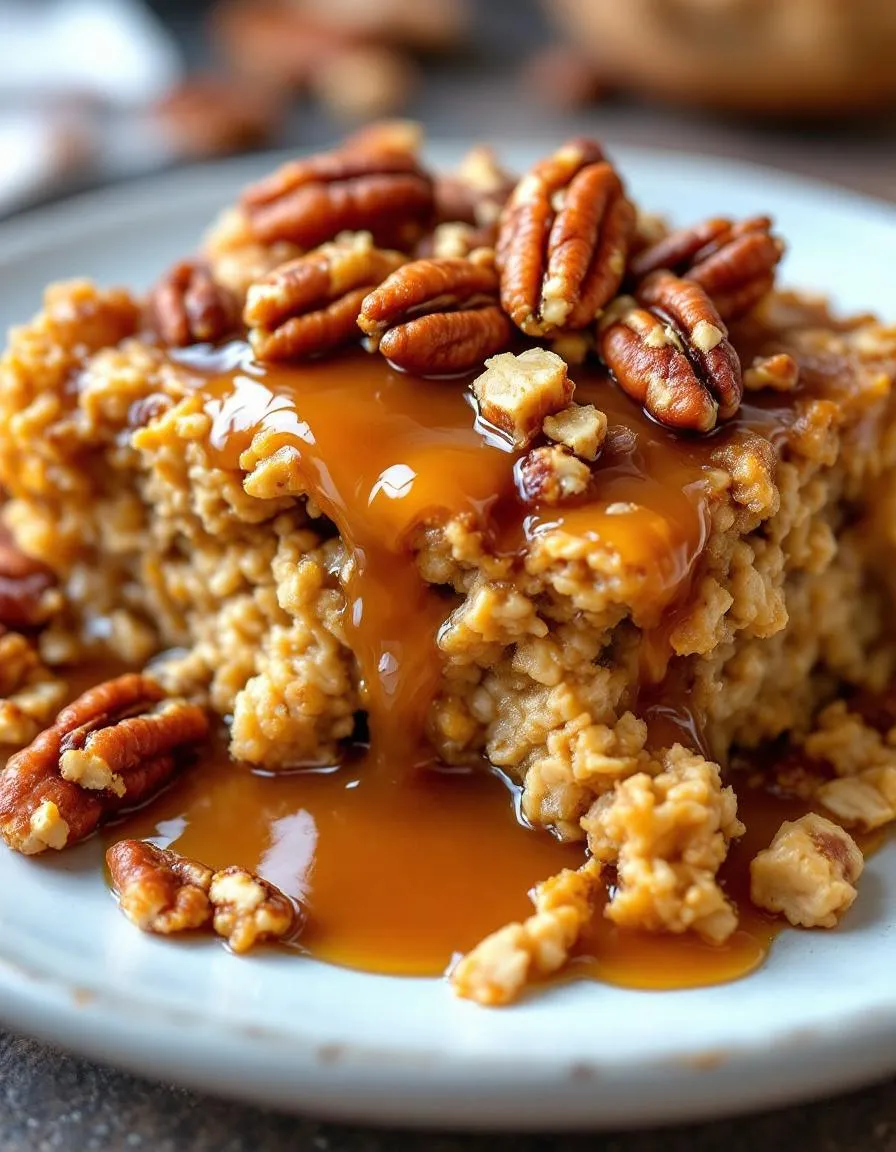
Tips for Success
Best practices for results
First, always use old-fashioned rolled oats for the best texture in your Pecan Pie Baked Oatmeal. Furthermore, make sure you thoroughly mix the wet ingredients before combining them with the dry ones. Consequently, you will achieve a perfectly uniform bake without any dry pockets. For an extra rich flavor, always toast your pecans beforehand to deepen their nutty essence. Finally, let your finished Pecan Pie Baked Oatmeal rest for a few minutes before serving so it sets up beautifully.
Mistakes to avoid
Avoid overmixing the batter after you add the oats, as this can lead to a gummy texture. Instead, gently fold everything together until it is just combined. Additionally, do not forget to grease your baking dish properly to prevent frustrating sticking issues. For more guidance on this, our tutorial on how to grease a pan covers all the best methods. Moreover, ensure you do not underbake the dish, as the center should be set and not jiggly for the perfect consistency. If you are ever unsure about doneness, you can always reference our guide on telling when baked goods are done for helpful clues.
Serving and Pairing Suggestions
How to serve this dish
Serve your Pecan Pie Baked Oatmeal warm for the ultimate cozy experience. Furthermore, scoop it into individual bowls for a comforting family breakfast. For a special brunch or holiday gathering, plate each portion with flair. Next, garnish with a few extra toasted pecans and a light drizzle of maple syrup. This Pecan Pie Baked Oatmeal also makes a stunning centerpiece when served straight from its baking dish. Consequently, it turns an ordinary morning into a festive occasion.
What goes well with it
Balance the rich sweetness with a cool, creamy side. A dollop of vanilla Greek yogurt or a splash of cold milk provides a perfect contrast. For a truly decadent brunch, pair it with a crispy, savory option like our classic Air Fryer Bacon. Additionally, a hot cup of coffee or a glass of cold brew cuts through the sweetness beautifully. Finally, complete your morning spread with a refreshing, tangy beverage such as our favorite Homemade Orange Juice.
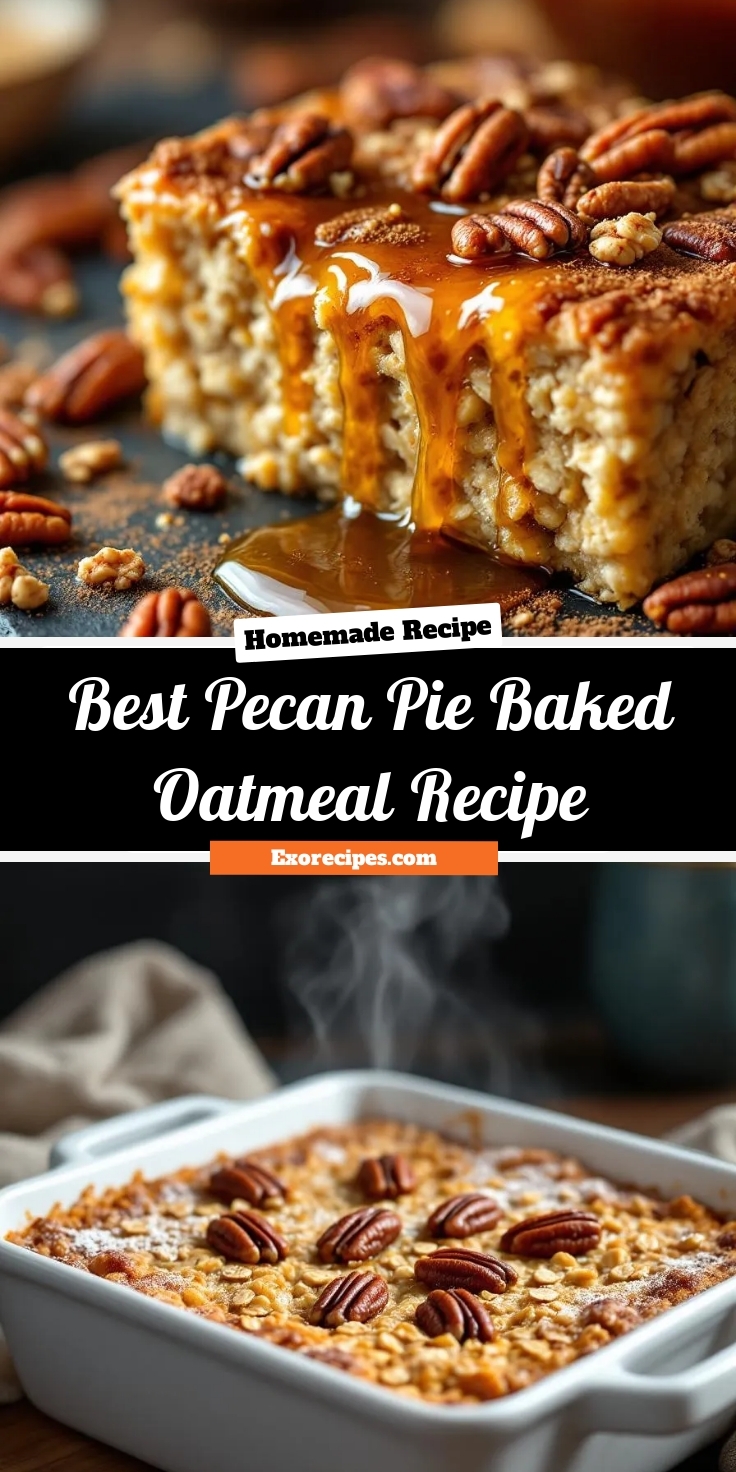
Absolutely! This Pecan Pie Baked Oatmeal is an excellent make-ahead breakfast. You can prepare it the night before, store it covered in the refrigerator, and simply bake it in the morning for a warm, ready-to-eat meal.
The key is using the right ratio of liquid to oats and ensuring a proper bake time. For this Pecan Pie Baked Oatmeal, using old-fashioned rolled oats helps maintain texture, and baking until the top is golden and the center is set prevents sogginess.
Yes, baked oatmeal is a fantastic meal prep option. This Pecan Pie Baked Oatmeal reheats beautifully throughout the week. Simply store individual portions in airtight containers and warm them up in the microwave for a quick and satisfying breakfast.
It’s not recommended, as quick oats absorb more liquid and have a softer texture, which can make your Pecan Pie Baked Oatmeal turn out mushy. For the best consistency and classic chewy texture, stick with old-fashioned rolled oats.
Pecan Pie Baked Oatmeal
Description
A warm and comforting baked oatmeal that captures the flavors of classic pecan pie, perfect for breakfast or brunch.
Ingredients
For the Crust:
- 2 cups old-fashioned rolled oats
- 1/2 cup chopped pecans
- 1/3 cup maple syrup
- 2 large eggs
- 1 3/4 cups milk
- 1 tsp vanilla extract
- 1 tsp cinnamon
- 1/4 tsp salt
- 1/4 cup brown sugar
- 2 tbsp melted butter
Instructions
1. Prepare the Crust:
- Preheat oven to 375°F and grease an 8×8 baking dish.
- In a large bowl, combine oats, pecans, cinnamon, and salt.
- In another bowl, whisk together eggs, milk, maple syrup, vanilla, and melted butter.
- Pour wet ingredients into dry ingredients and stir until combined.
- Transfer mixture to prepared baking dish and sprinkle with brown sugar.
- Bake for 30-35 minutes until set and golden brown on top.
- Let cool for 5 minutes before serving.
Notes
You can customize the seasonings to taste.

